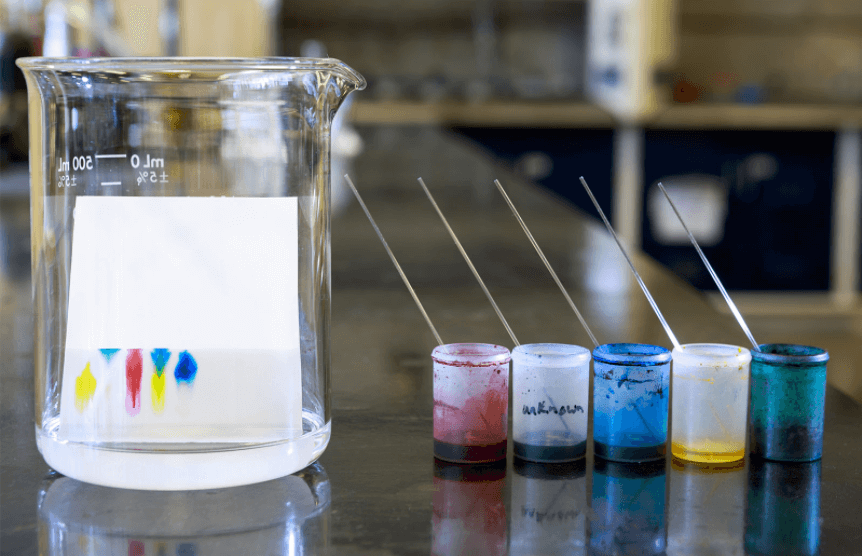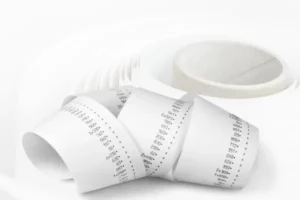The Importance of Different Methods of Ink Testing and Analysis

Ink testing plays a key role in the investigation of questioned documents like wills, forged cheques, or any changed records. In naked eyes, the blue and black inks appear to be the same. But there are some vital differences in their chemical compositions. This can be identified by the laboratory ink test or analysis. The results of the test help to examine whether there have been any changes or forgeries made to a document.
Using a microscope
The first step in document analysis can be executed under a microscope. Using a microscopic device, an investigator will be able to notice changes in ink color, even if it is minor. The naked eyes won’t be able to identify any indications of alterations or overwriting, and obliterations. A microscope can play a key role as the first step.
Destructive versus no-destructive testing
The ink is analyzed either by a destructive or a non-destructive examination. It depends on whether a sample is required to be collected from the document for testing. The process of the non-destructive approach should be considered in the first stage so that no alteration is done to the document and it remains intact. When there is no scope left, the destructive approach is considered.
Non-destructive ink analysis methods
Micro-spectrophotometry
The primary method of non-destructive ink analysis and testing is micro-spectrophotometry. The method involves the use of ultraviolet or infrared light to scan the ink. Some inks are fluorescent and emit light when exposed to ultraviolet, while others disappear. Every ink gives a separate pattern or spectrum and helps discover the true color of the ink.
Spectroscopy
Therefore, the pattern of the ink used on the documents can be compared with the standard ink spectrums and patterns. There is another non-destructive method, referred to as, spectroscopy, which can be an alternative option to micro-spectrophotometry. It is considered an excellent way to scan documents with infrared light. Since high frequencies are used, even pencil marks underneath the ink marks can be recognized.
Destructive ink testing
TLC or Thin Layer Chromatography is one of the prime methods of destructive ink testing. If the ink test is done with the utmost care by an expert, the destruction of the document won’t be massive. Before initiating the TLC ink testing method, a photographic record of the original document is acquired.
Testing operation
A thin, hollow needle is used while a tiny inked paper sample is punched. It is ideal to avoid the areas where there have been changes in pen direction or the intersection of ink lines. This eliminates any infringement with subsequent handwriting assessment. This is followed by the sample placed in a test tube with a solvent that causes the ink to dissolve.
Furthermore, a small spot of the sample solution is placed on a paper strip along with spots from other reference ink samples. The paper is positioned in a beaker filled with a small quantity of another solvent. It is placed in a way that the paper dips into the solvent but sample spots remain dry. Finally, the solvent is moved up the paper via capillary movement and the sample spots also draw up with it.
Conclusion
Ink test and analysis, especially in the field of research and development, and investigation departments play an important role. Depending on the requirements, the various methods for ink testing or analysis are carried out by experienced investigators.








